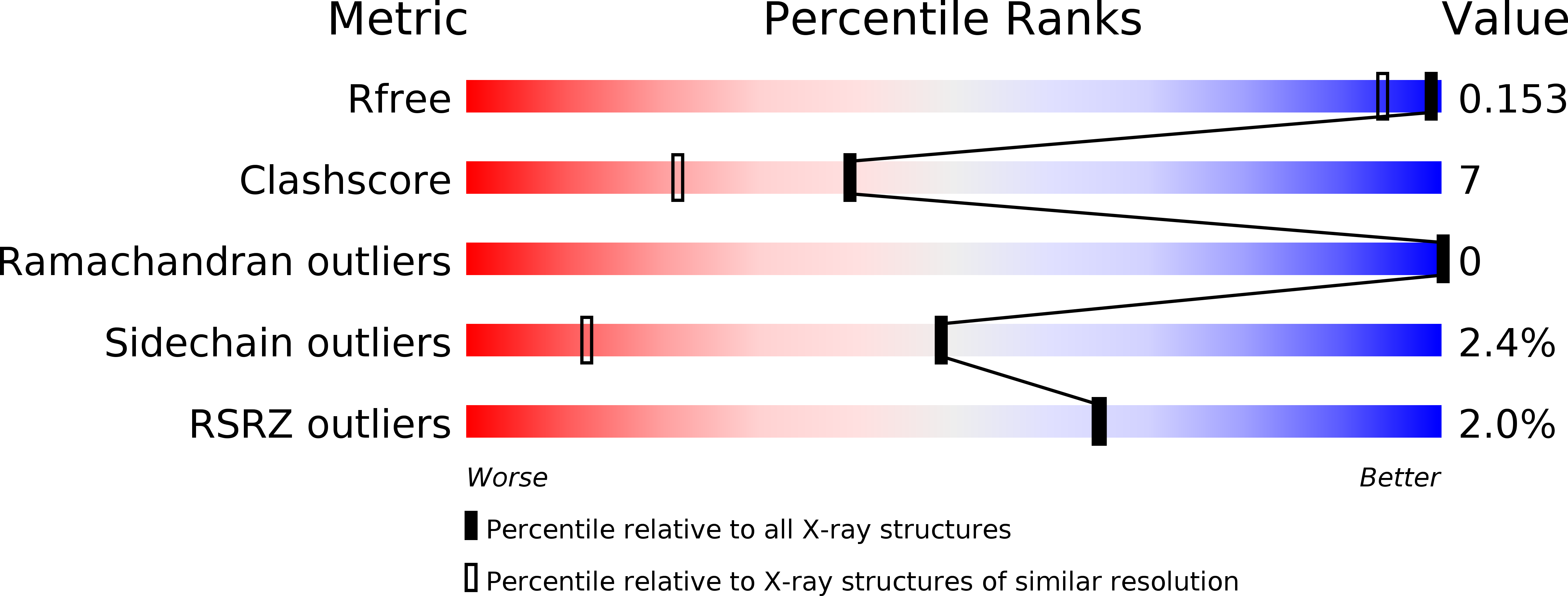
Deposition Date
2015-09-11
Release Date
2016-06-29
Last Version Date
2024-05-08
Entry Detail
PDB ID:
5AOS
Keywords:
Title:
Structure of a novel carbohydrate binding module from Ruminococcus flavefaciens FD-1 endoglucanase Cel5A solved at the As edge
Biological Source:
Source Organism:
Ruminococcus flavefaciens (Taxon ID: 1265)
Host Organism:
Method Details:
Experimental Method:
Resolution:
1.29 Å
R-Value Free:
0.13
R-Value Work:
0.12
R-Value Observed:
0.12
Space Group:
P 21 21 21


